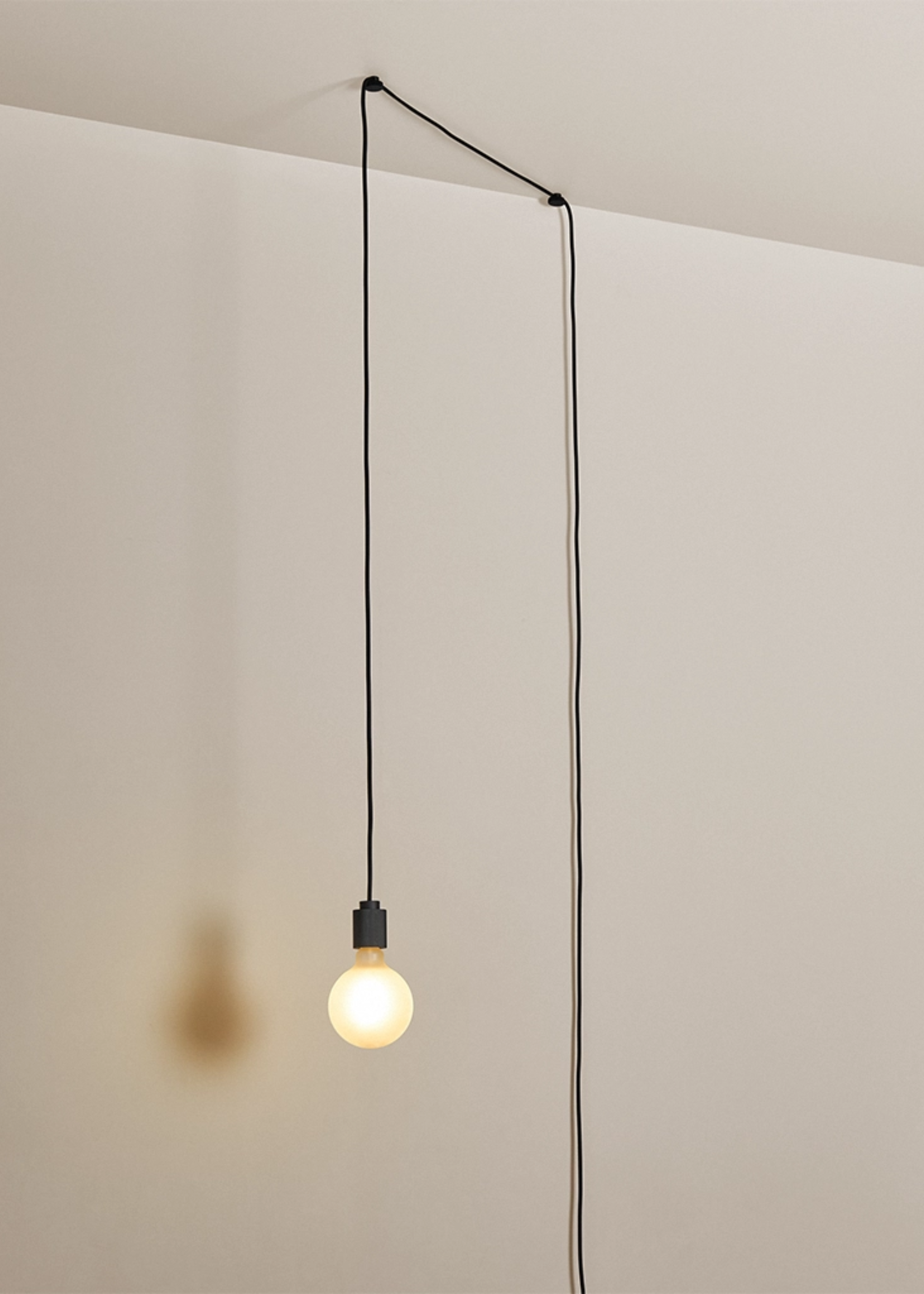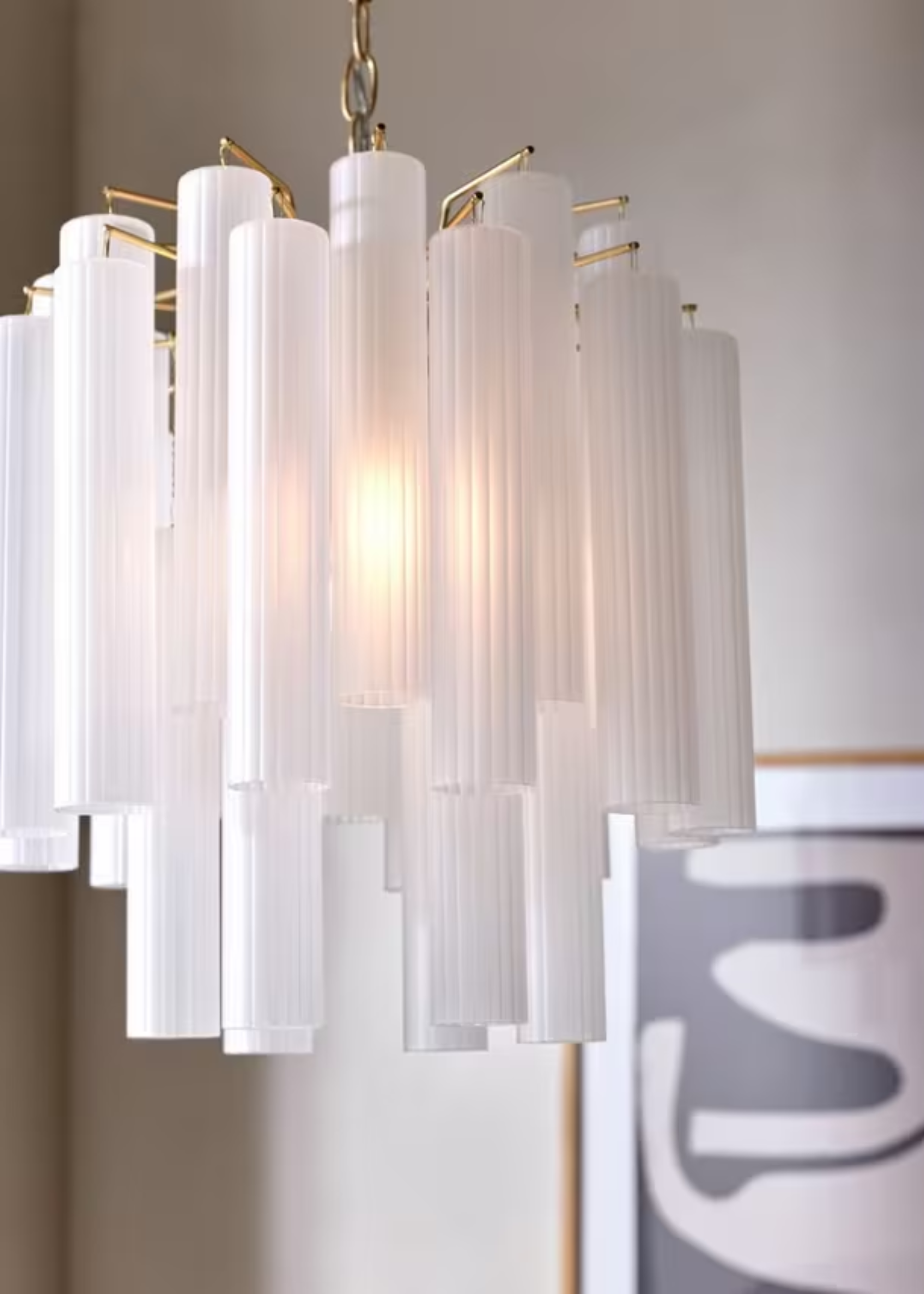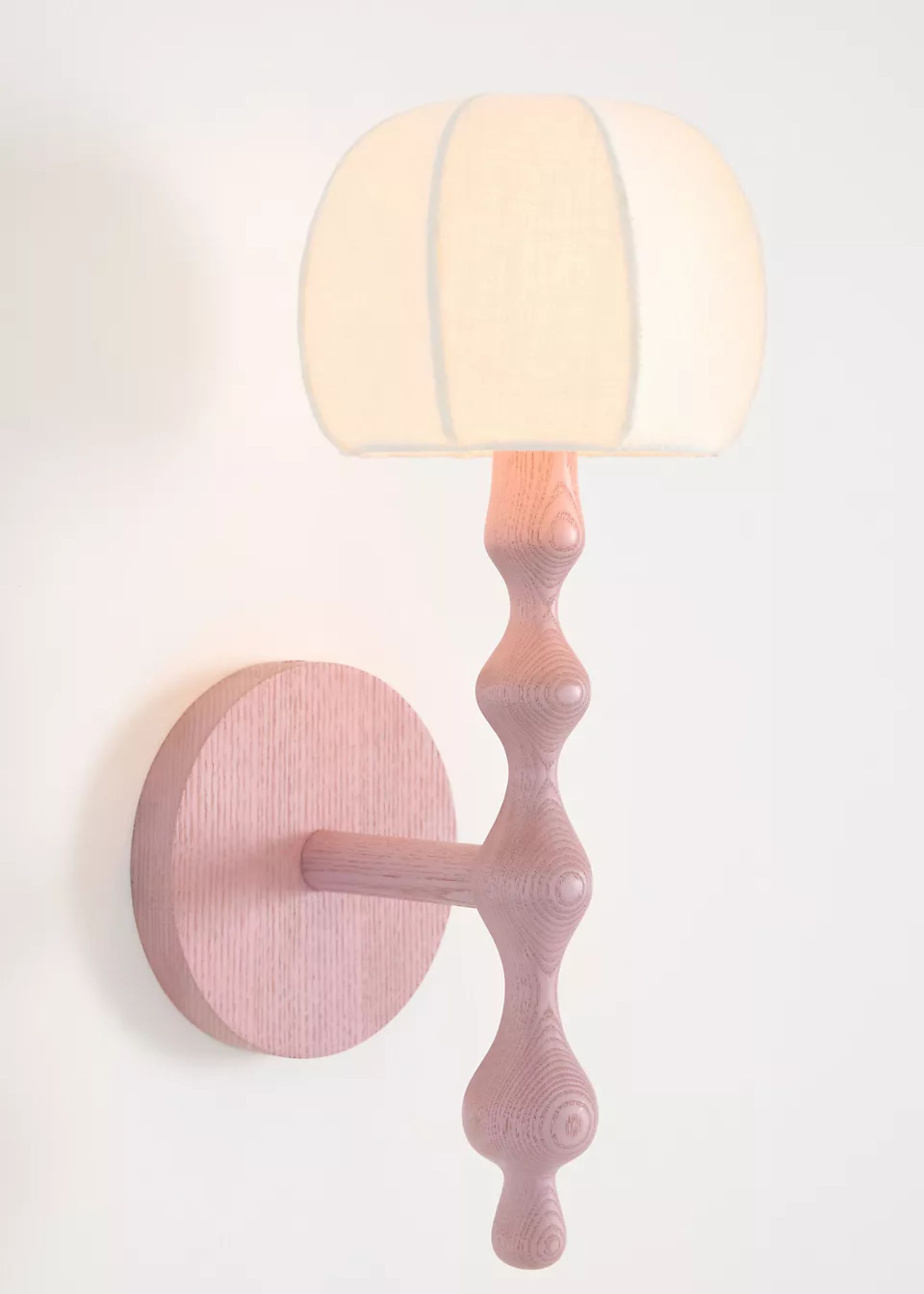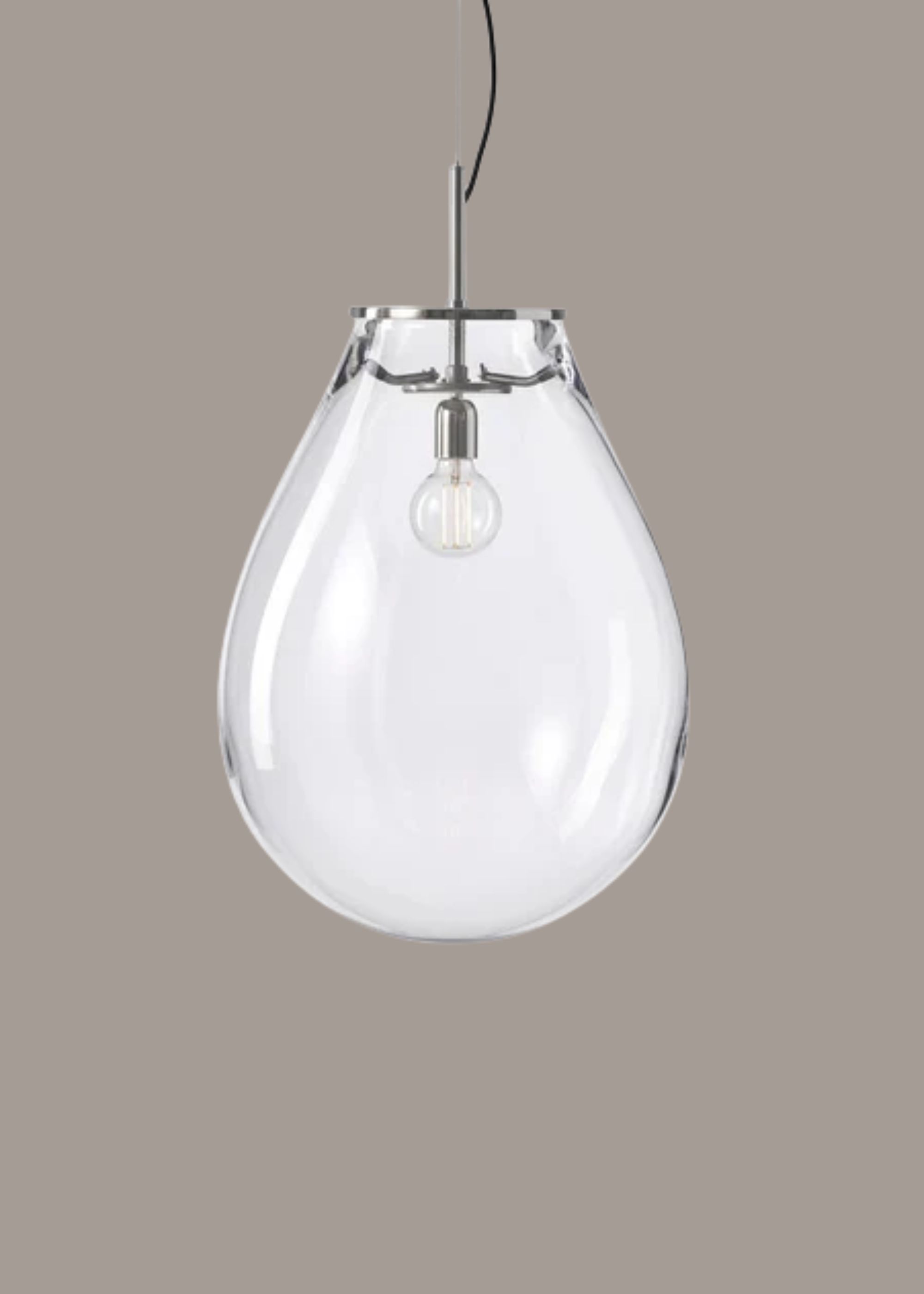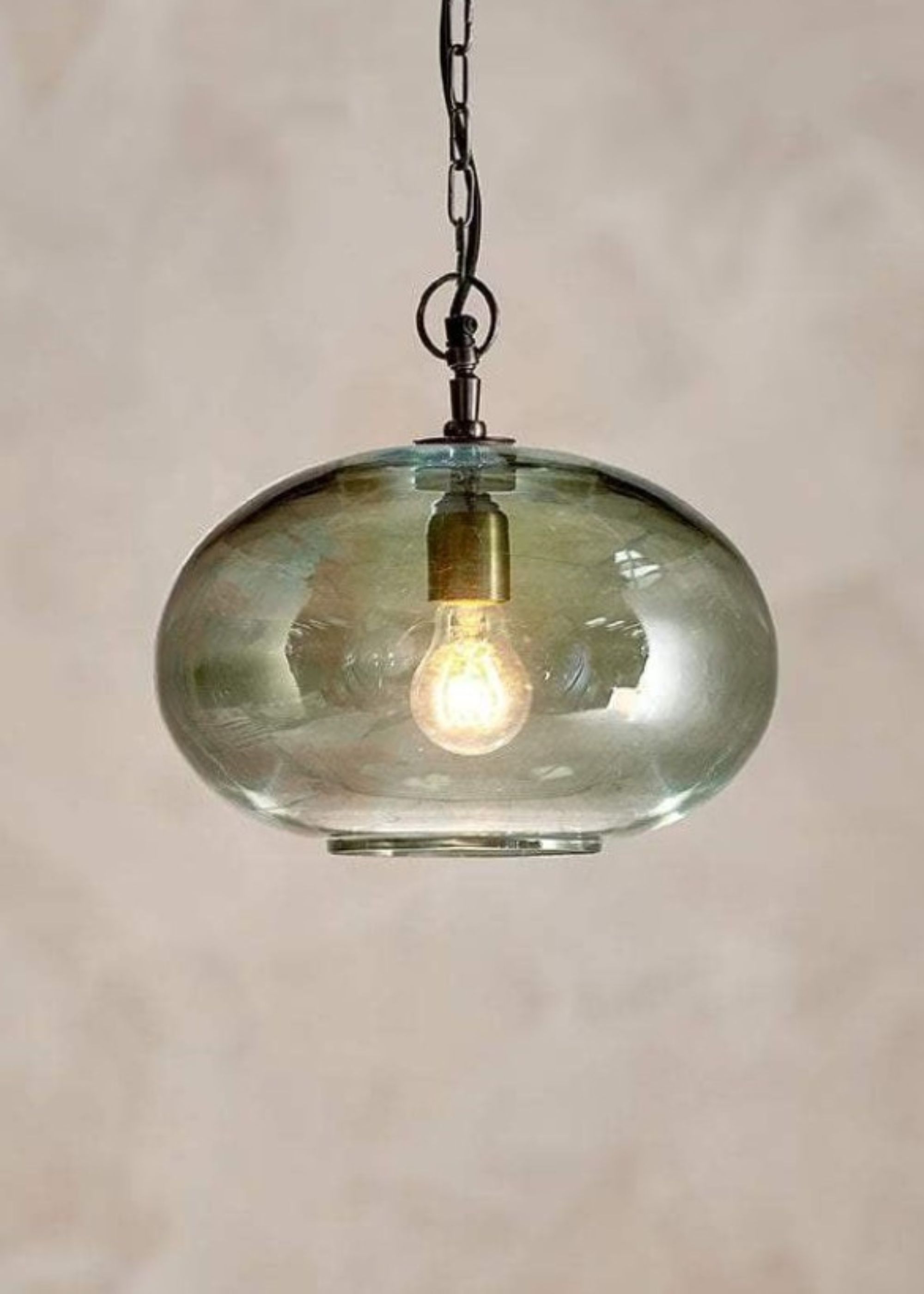10 Lighting Trends That Will Take Over Homes in 2026 — The Bright Ideas Shaping the Year Ahead
These are the trends that are set that wash over our homes come the new year, and designers explain why


Is there anything more satisfying than discovering your perfect light? The one that lifts your mood every time you clock it, elevates the space, and, of course, illuminates with perfection. As we hurtle towards 2026, how we light our homes is increasingly becoming not just a question of function, but a powerful tool for injecting mood, color, and decorative storytelling.
Before we dive into what’s hot for next year, let’s get one thing straight — great lighting always begins by establishing how to plan your home lighting scheme. Layered schemes that balance ambient, task, and accent lighting are your foundation. Once that’s nailed, you can start breaking rules and playing with the fun stuff like the form, finish, and overall fabulousness of your fittings.
We’ve scoured the newest launches and grilled the brightest minds in the industry to bring you the definitive edit of lighting trends for 2026. Whether you’re drawn to the soft glow of Quiet Lighting, the sinuous curves of Fluid Forms, or the unapologetic drama of Sculptural Installs, 2026 is poised to light up your life, literally and beautifully.
1. Flexible Fittings

Ever felt frustrated by boring, fixed lighting layouts? You’re not alone. A new wave of flexible, modular fittings is emerging, and it’s providing the freedom to bend, stretch, and sculpt light to suit your space, not the other way around.
Designs like the above come with a clever network of cables and ceiling caps you can tweak in width, height, and layout until it feels just right, which is a great example of the lighting trend. “These adaptable fittings are letting designers and clients play with scale, proportion, and layout — so every installation feels personal and intentional,” explains Kayli Rowsell, Design Manager at Arteriors.
With homes becoming more open and multifunctional, it makes sense that lighting needs to be just as flexible. They also solve real-life challenges, like tricky ceiling beams or off-centre spaces, while giving you more creative control than ever. “These multi-point suspension systems open up a world of creative freedom,” adds Kayli. “Designers can experiment with form and balance, tailoring a piece to the architecture or the view — it’s like sculpting with light.”

A graduate of Virginia Tech, Kayli holds a degree in Industrial Design. Since joining the Arteriors in 2012, she has played a key role in shaping the creative direction of the brand’s lighting, furniture, and décor collections.
2. Multiplicity for the Win

When you’re doing a kitchen makeover or renovating the rest of your home, any trend that takes one decision off the table is a win, and the meteoric rise of multiplicity does exactly that. Increasingly, the newest lighting collections come as complete families including chandeliers, wall lights, pendants, floor lamps, and flush mounts that all share the same design DNA. So, when you’ve found a look you love, you’re sorted for all lighting scenarios and can move on to puzzling over a gazillion paint tester pots!
The Livingetc newsletters are your inside source for what’s shaping interiors now - and what’s next. Discover trend forecasts, smart style ideas, and curated shopping inspiration that brings design to life. Subscribe today and stay ahead of the curve.
“With open-concept living, this move towards continuity creates calm and cohesion,” says Kayli. “A unified design language allows light fittings to connect rooms seamlessly without feeling repetitive.” We are loving this approach because it keeps things consistent without slipping into full-on matchy-matchy territory. The same sculptural form might reappear as a chandelier above the dining table, a wall sconce in the hallway, and a flush mount in the bedroom, tying spaces together while still feeling relaxed and considered.
“It makes layering effortless,” adds Kayli. “You can play with scale and placement – using the same vocabulary of forms — to build rhythm and harmony throughout a space.” Multiplicity also ticks the sustainability box. By reusing materials and components across a collection, manufacturers cut waste while designers gain design cohesion.
3. Mixed Materials
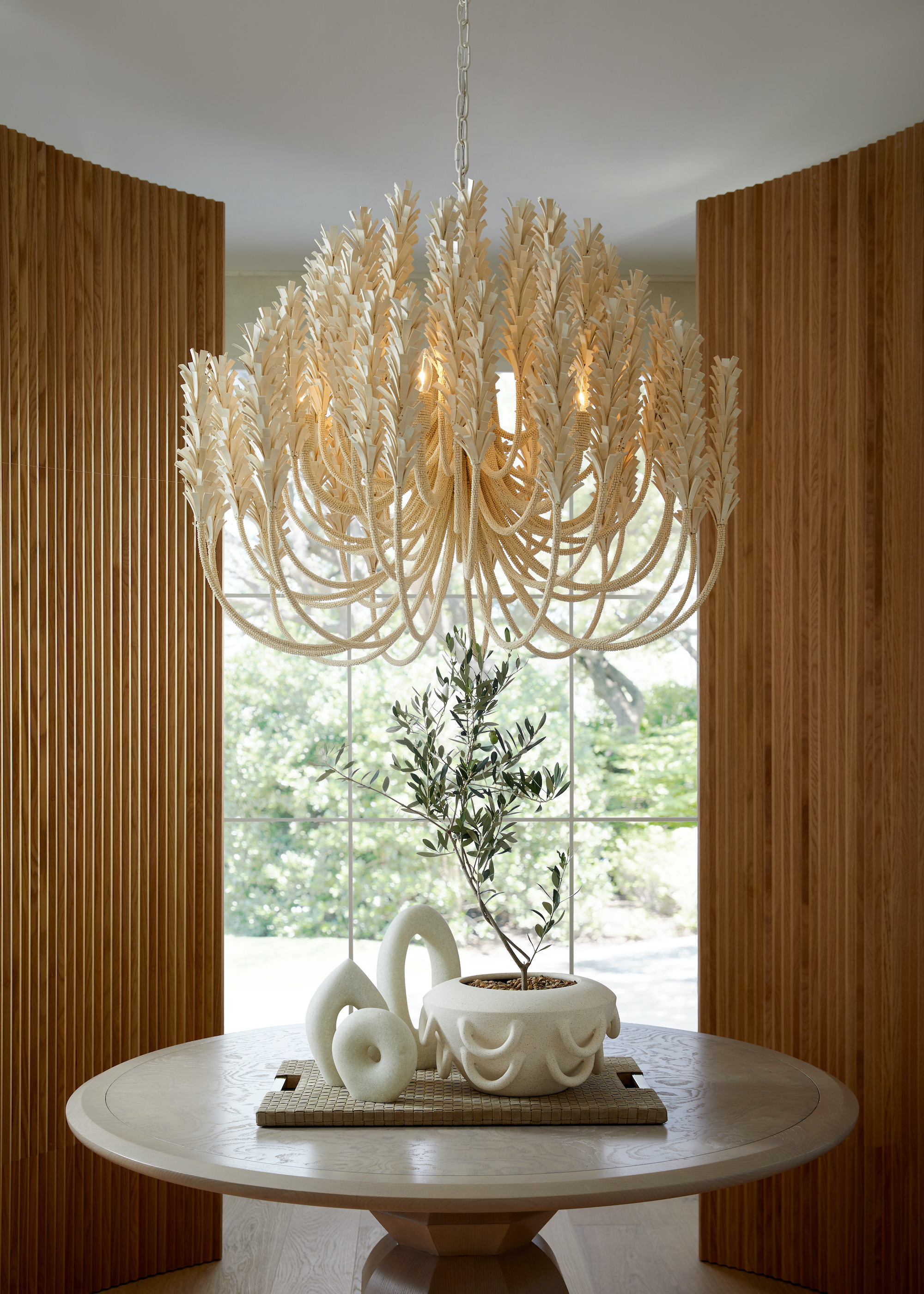
It’s nothing short of a materials mash-up out there (in a good way), with major brands throwing out the rulebook and combining everything from stone composites and metal mesh to leather tassels and faux shagreen, making it the ideal living room lighting idea. There’s a real ‘lighting as art’ mood, and we’re here for it. “There’s a real desire for warmth and tactility in interiors,” agrees Kayli at Arteriors. “Mixing materials brings depth and personality — each piece feels collected rather than manufactured.”
Big names are getting in on the act. Contardi is pairing glossy lacquers with printed fabric; Crudo Designs layers a minimum of four materials in its Medley lamps; and Apparatus Studio continues to lead the way with its trademark blend of patinated metal, suede, and even horsehair!
Arteriors’ latest Malta flush mount collection nails the look, introducing stone composite lighting. It’s a move that adds unexpected weight and texture to a category that’s often seen as delicate and glass-focused. And the material combos don’t have to be high contrast; the brand’s Kaia chandelier marries iron and coconut shell for a serious textural treat. “Lighting made from mixed materials adds richness and nuance,” Rowsell explains. “Contrasting textures soften the light and create visual tension, making fixtures feel like art objects as much as functional pieces.”
4. Color Dosing
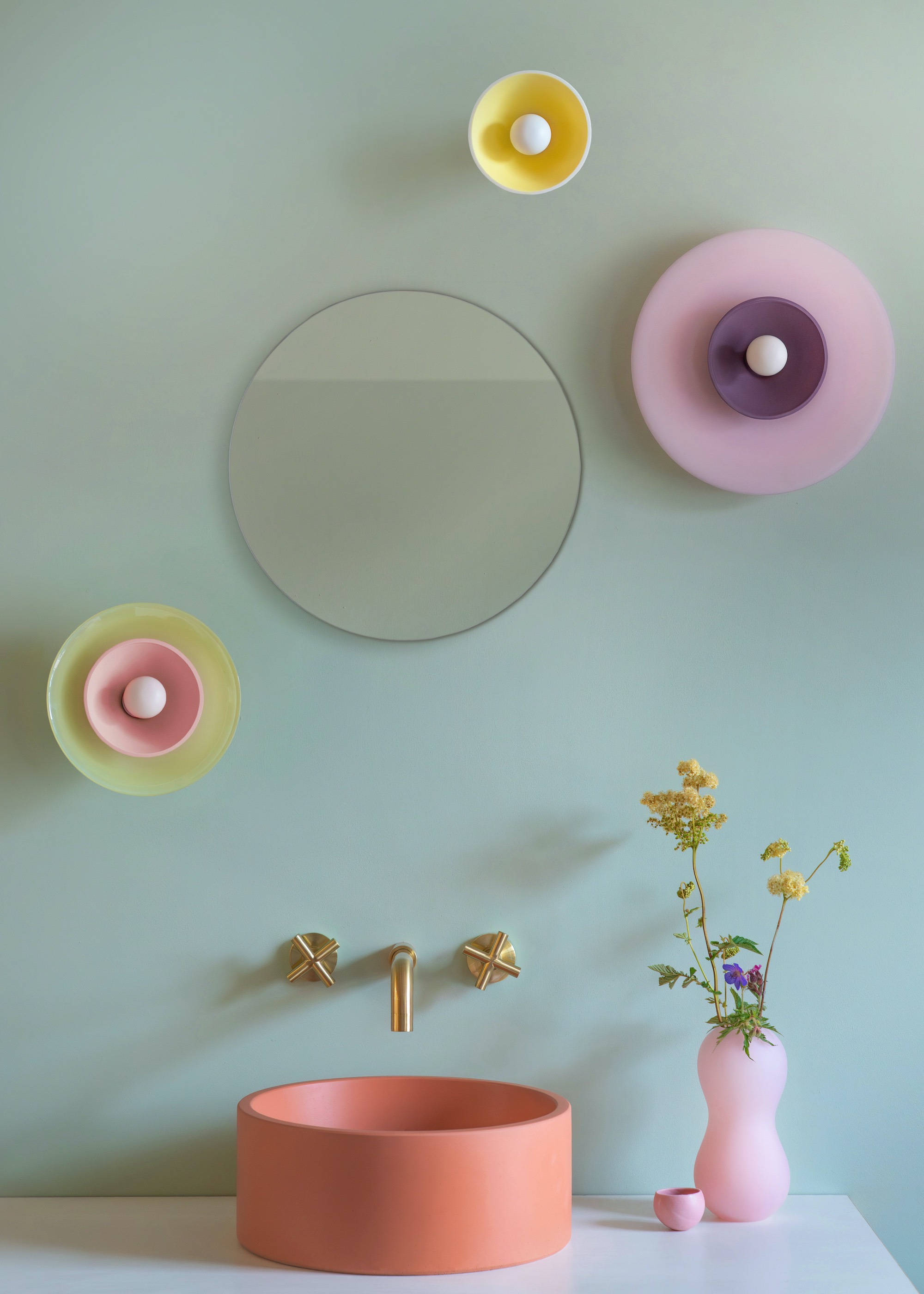
Forget color accenting with cushions, that’s so last decade. In 2026, lighting has stolen the role. The hottest designers are color-dosing their schemes with boldly tinted glass, enamel, and resin light fixtures that add a burst of personality and bump up the mood. This also makes for a great lighting solution for dark rooms.
“Color can add a spark of surprise or a sense of comfort and belonging,” says Esther Patterson, founder of Curiousa. “In recent years, color confidence has grown, and lighting is getting in on the action. Lights don’t have to be white, cream or grey — they are now providing the accent or even becoming the main color centrepiece of a room, allowing color to work its magic in a wonderfully immediate way.”
Brands such as Curiousa are leading the charge with its new bathroom range featuring pendants in sherbet pinks, minty greens, and amber tones that look like modern glass art by day and bathe rooms in dreamy color by night. “Colorful lighting can completely change the ambience of a space,” adds Esther. “For a warm, cozy feel, choose tones of yellow, orange, or red. For something fresher, blues and greens work beautifully. And it’s not about being matchy — one bold accent paired with a few softer tones can make the whole room sing.”
The best part about using lighting to direct your color scheme is that you don’t need a full redesign to join the party. Just one pink sconce or a cluster of tinted glass globes can make a neutral scheme come alive.
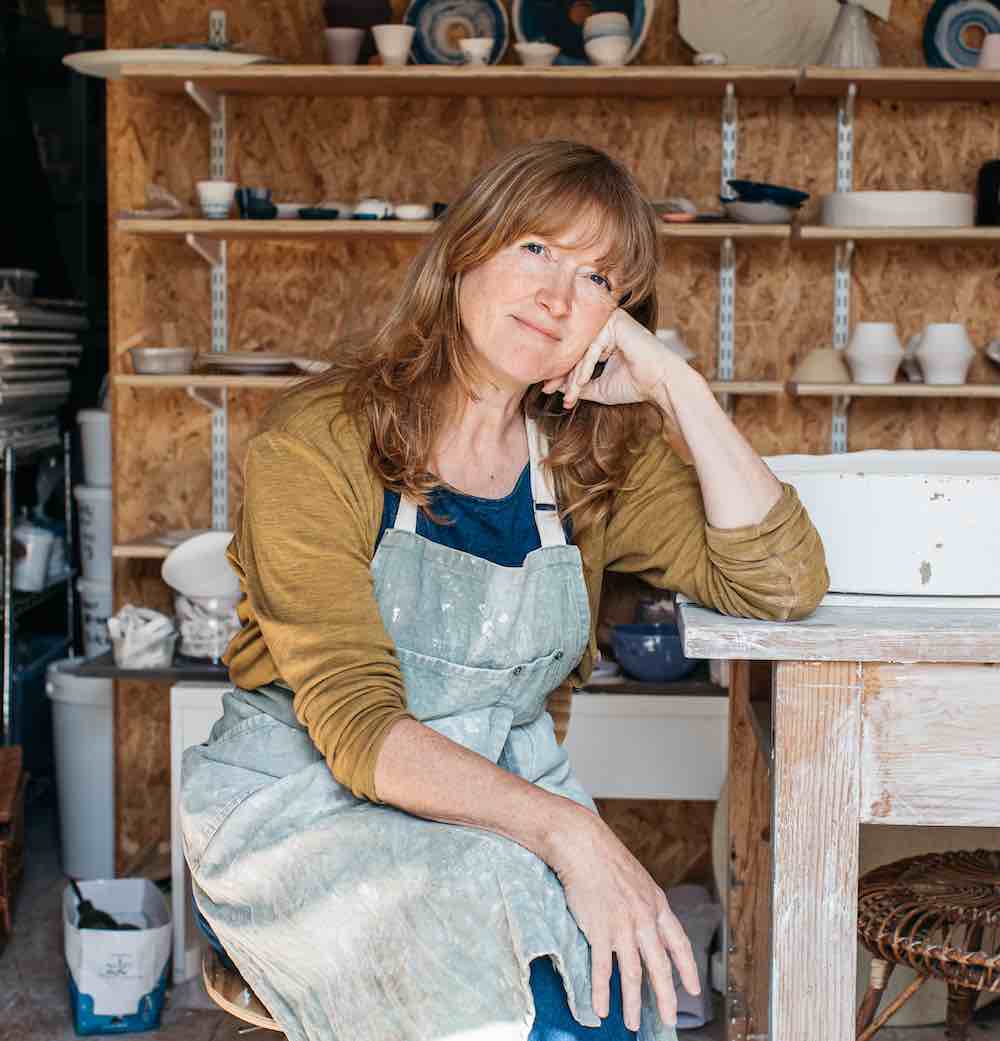
Designer Esther Patterson founded Curiousa in 2010 after graduating as a mature student with a first-class degree in Decorative Arts. From her first studio — a caravan parked on her family’s drive — she has grown the brand into a thriving Derbyshire-based lighting studio celebrated for its colorful hand-blown glass and ceramic designs.
5. Craftsmanship
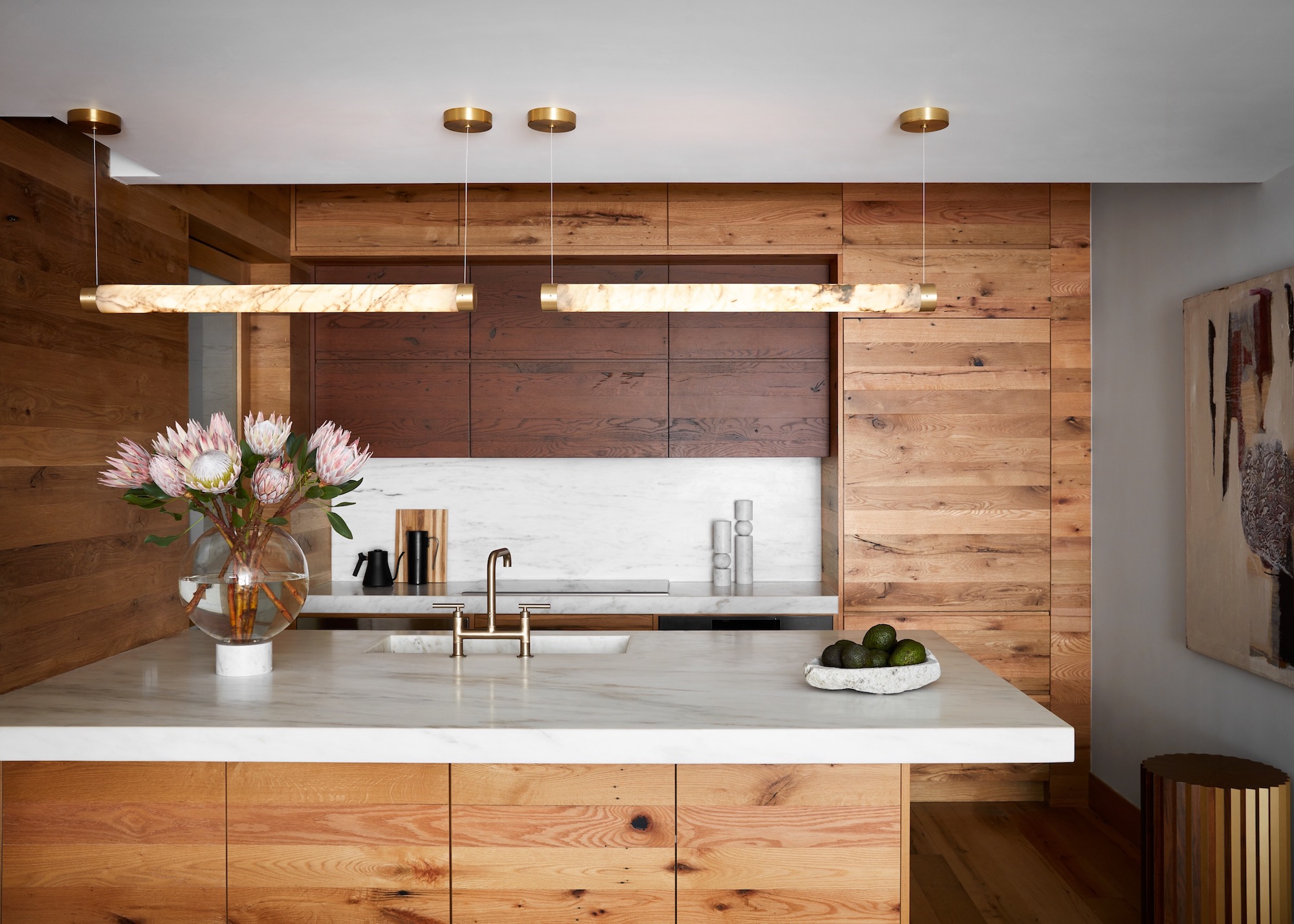
One of the hottest macro design trends of the decade is the celebration and appreciation of craftsmanship, and lighting is not getting left behind. This year’s lighting launches are as much about artistry as illumination, with beautifully crafted fittings bringing authenticity and a tactile sense of luxury that mass production simply can’t replicate.
Designer Lee Broom has embodied this philosophy in his own New York modern kitchen, where he’s installed his sculptural tube lights, milled from a single piece of Carrara marble. “It’s incredibly challenging to cut the marble that thin – just a quarter inch, but the result enhances the stone’s natural veining,” he explains.
This focus on craft is echoed by other makers, too. Tom Raffield’s steam-bent wooden lighting, handmade in Cornwall, brings warmth and movement through curved ash and oak ribbons, while Inglis Hall’s Parlour Linear pendant from Fritz Fryer combines solid timber craftsmanship with subtle brass detailing, the perfect example of functional sculpture.
This demand for artisanal lighting represents a renewed appreciation for hand-finished, material-led design: lighting that’s personal, enduring, and, quite probably, future heirlooms to be handed down like grandma’s Spode collection.
6. Supersize Style
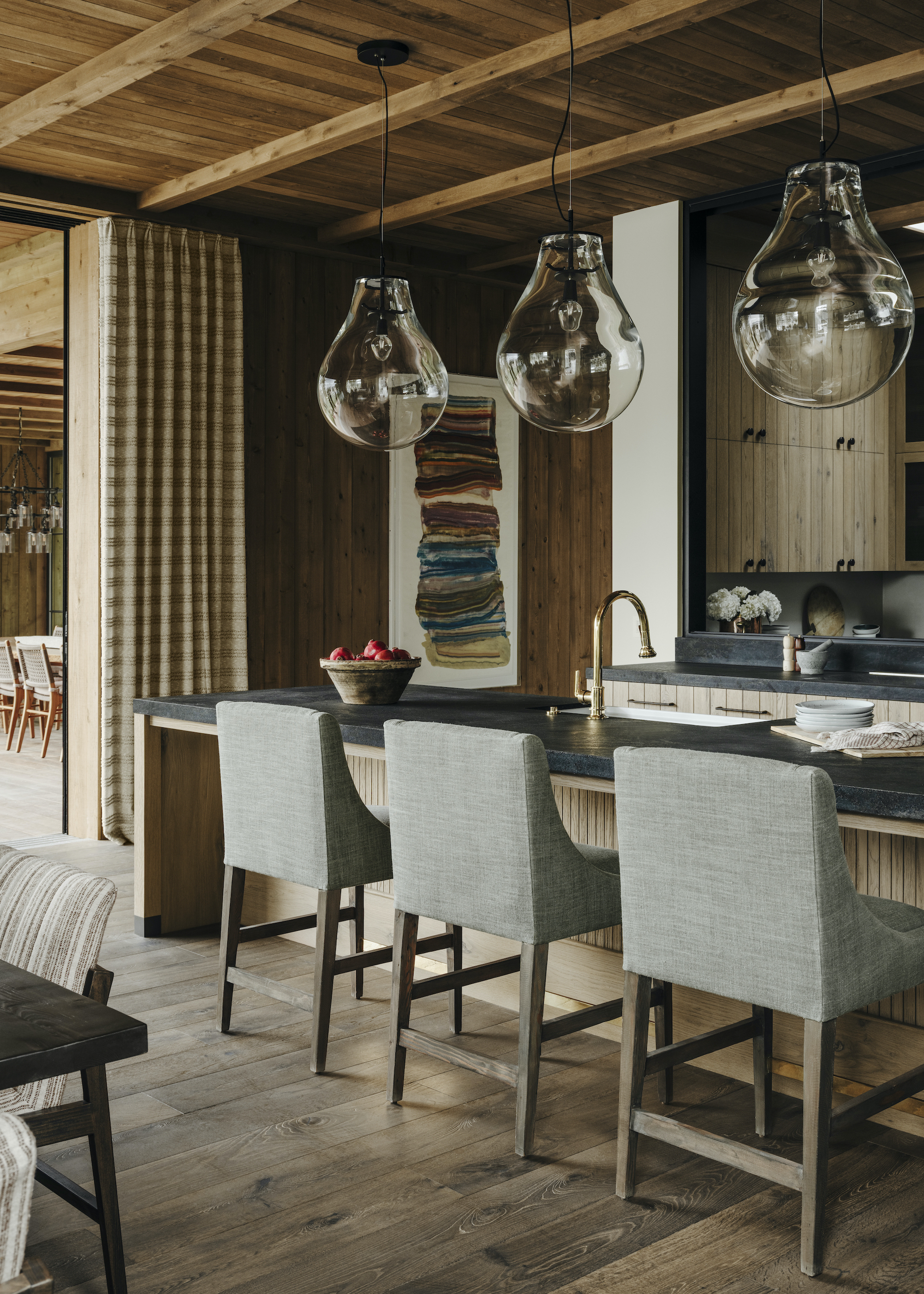
We like big lamps and we cannot lie. Scale is stepping up for 2026, and lighting is leading the way. Think elongated chandeliers, dramatic pendant clusters, sculptural floor lamps, iconic table lamps, and heroic pieces that dominate the visual playing field.
“Unusually generous light fittings are incredibly effective when used as a sculptural focal point, bringing a sense of drama and unexpectancy in their wake,” says Rachel Morrison, principal designer at Morrison Interiors.
Balance is important; nobody wants bulky fittings looming over them when tucking into their breakfast pancakes. Rachel cites Bomma’s Tim pendant light by Olgoj Chorchoj as a masterclass in proportion. “Their transparency keeps the space feeling open and airy, while their scale anchors the island and draws the eye upward to the beautifully detailed ceiling,” she explains.
These supersized fixtures work because they exude confidence, commanding attention without overwhelming. In calm, minimalist rooms, they read like modern chandeliers: striking, sculptural, and perfectly in tune with the architectural rhythm of the space.

Rachel Morrison is a creative force in the design world, known for bringing a fresh outlook and dynamic energy to the firm. Her collaborative approach and keen attention to detail ensure that every project reflects unique lifestyles, blending functionality with deeply personal touches.
7. Sculptural Installations
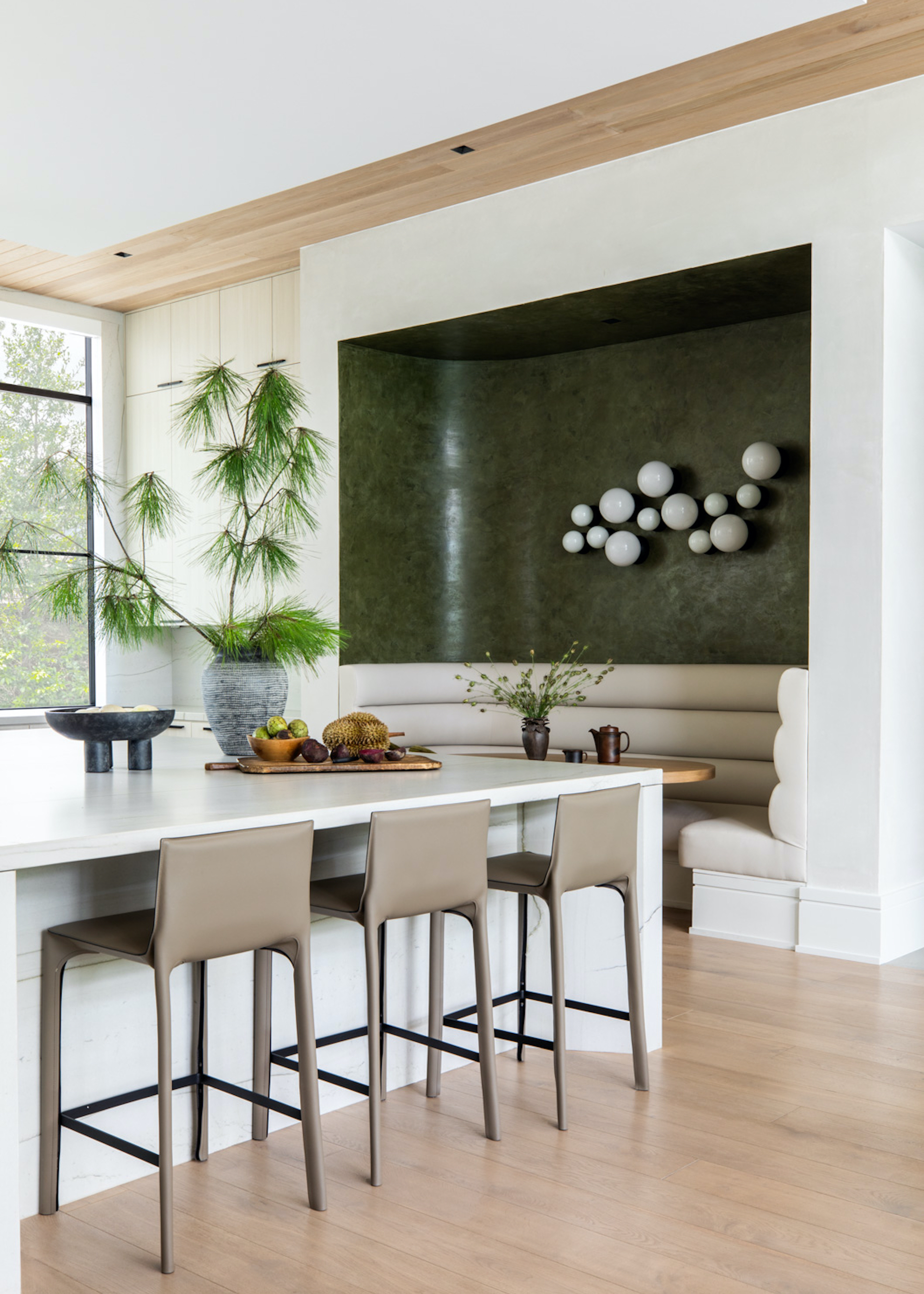
Kitchen lighting is having its art-school era, and it’s going a little bit cray-cray in the best way. This year, it’s not just about the fittings, but how they’re installed. Interior designers are breaking free from the predictable pendant-over-island formula and treating light like an art form, suspending it at unexpected angles, clustering it asymmetrically, or scattering it across the ceiling like constellations. The result? Spaces that feel alive with personality, rhythm, and movement.
For this project, featuring Wren globe lights in 5” and 8” diameters from Cedar & Moss, Benjamin Johnston proves that creative placement can completely shift the mood. “We wanted to infuse a whimsical moment and a one-of-a-kind installation using 13 separate fixtures in two sizes — and that brought it to life,” says the creative director of Benjamin Johnston Design. “Contrasted by green polished plaster walls, the globes cast a warm, diffused glow that makes the niche inviting for family meals and late-night homework alike.”
8. Conscious Illumination
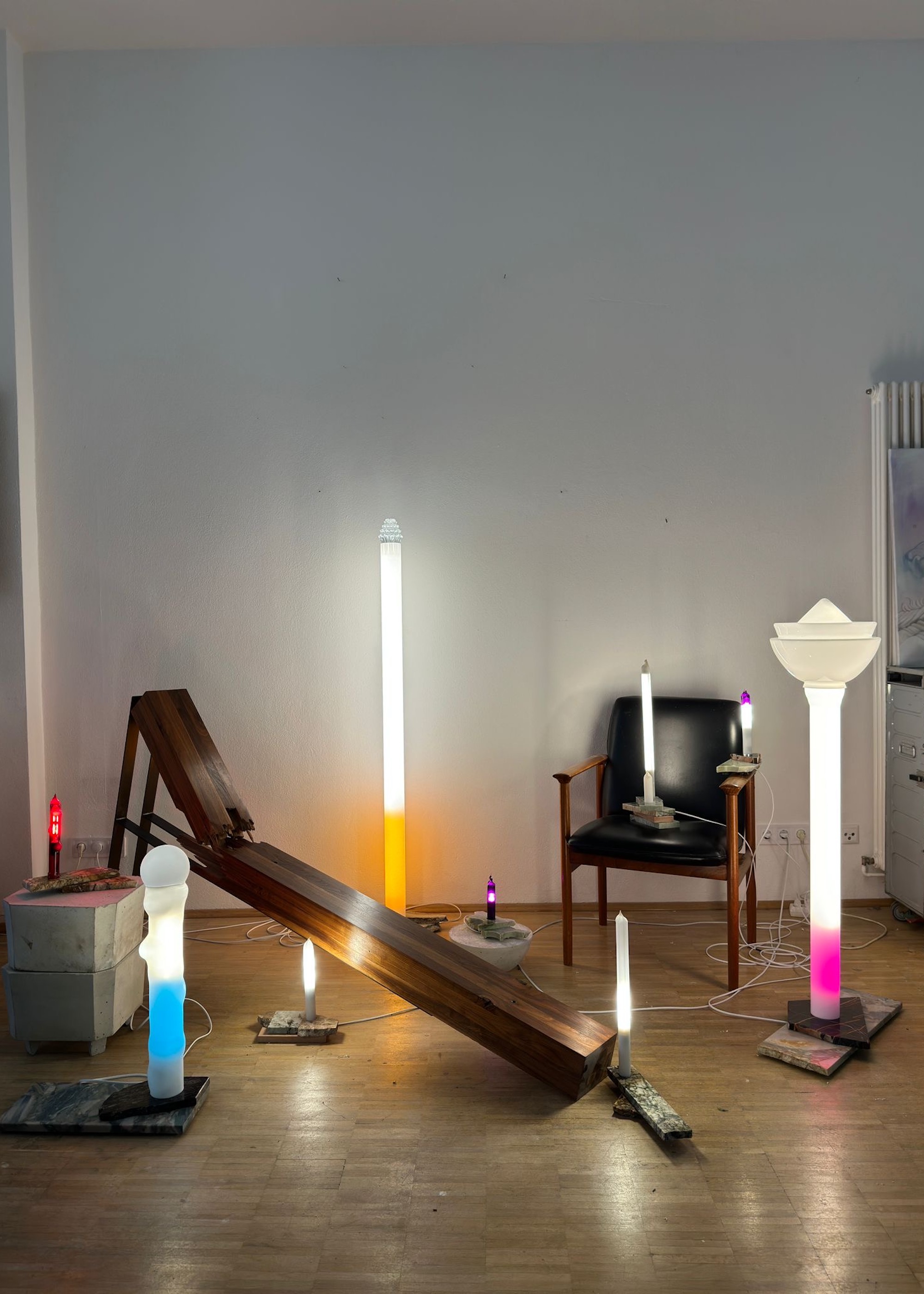
Sustainability isn’t a buzzword anymore; it’s the beating heart of lighting interior design trends. The conscious illumination trend is all about creating pieces with provenance, purpose, and a story to tell. Designers are rethinking every step of production, from sourcing and shaping to the emotional afterglow their work leaves behind.
Take Light as a Rock by Studio Gräfling and Berlin-based artist Felix Kultau. The duo turns granite offcuts — literally 'the leftovers of leftovers' — into luminous sculptures that sit beautifully between function and art. “For us, sustainability begins with recognizing the potential of what is already there,” says architect Friedrich Gräfling. “Light as a Rock transforms the architectural leftover into an autonomous object, giving the material a second life without disguising its origin.” Each lamp, he adds, “carries the memory of accumulation — fragments from different rooms, colours, and contexts reunited.” For Gräfling, it’s not just about materials, but mindset: “Sustainability in design is not a technical challenge but a cultural one, about how we think, not just what we make.”
That sense of meaning runs through J. Adams & Co.’s limited-edition Luna light, created in partnership with Nature Squared. Its recycled Capiz shell inlay shimmers with pearlescent warmth, a timely reminder that sustainability and luxury can share the same glow. “At J. Adams & Co, sustainability is about two main elements,” says design director Will Earl. “One is preserving the traditional glassblowing and metal crafting skills we use at our factory in Birmingham. The other is handcrafting timeless pieces with an elevated aesthetic and function narrative that remains relevant and meaningful for a long time.” This is lighting with soul, where ethics meet elegance and light the way to a brighter future.
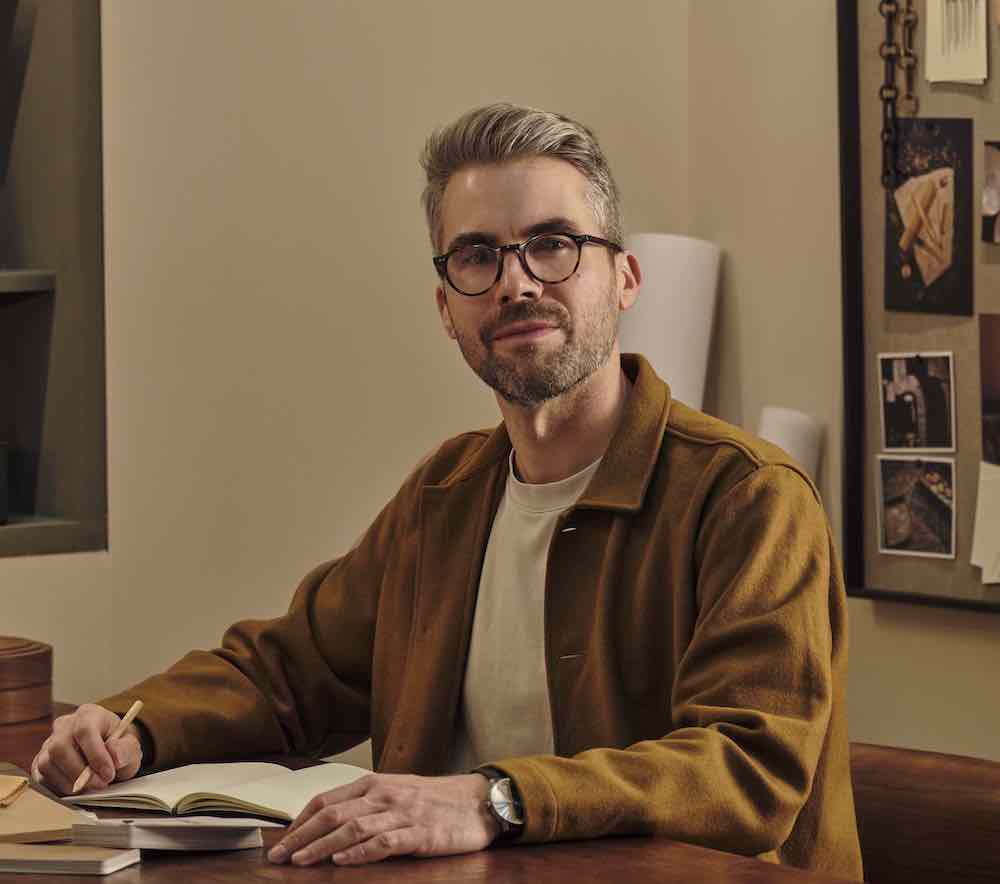
Will blends material sensitivity with technical precision. Trained in Milan, his background in architectural lighting informs a holistic approach that balances form, function, and emotion. His designs marry craft and innovation, creating timeless, tactile luminaires rooted in quality, contrast, and thoughtful UK craftsmanship.
9. Fluid Forms
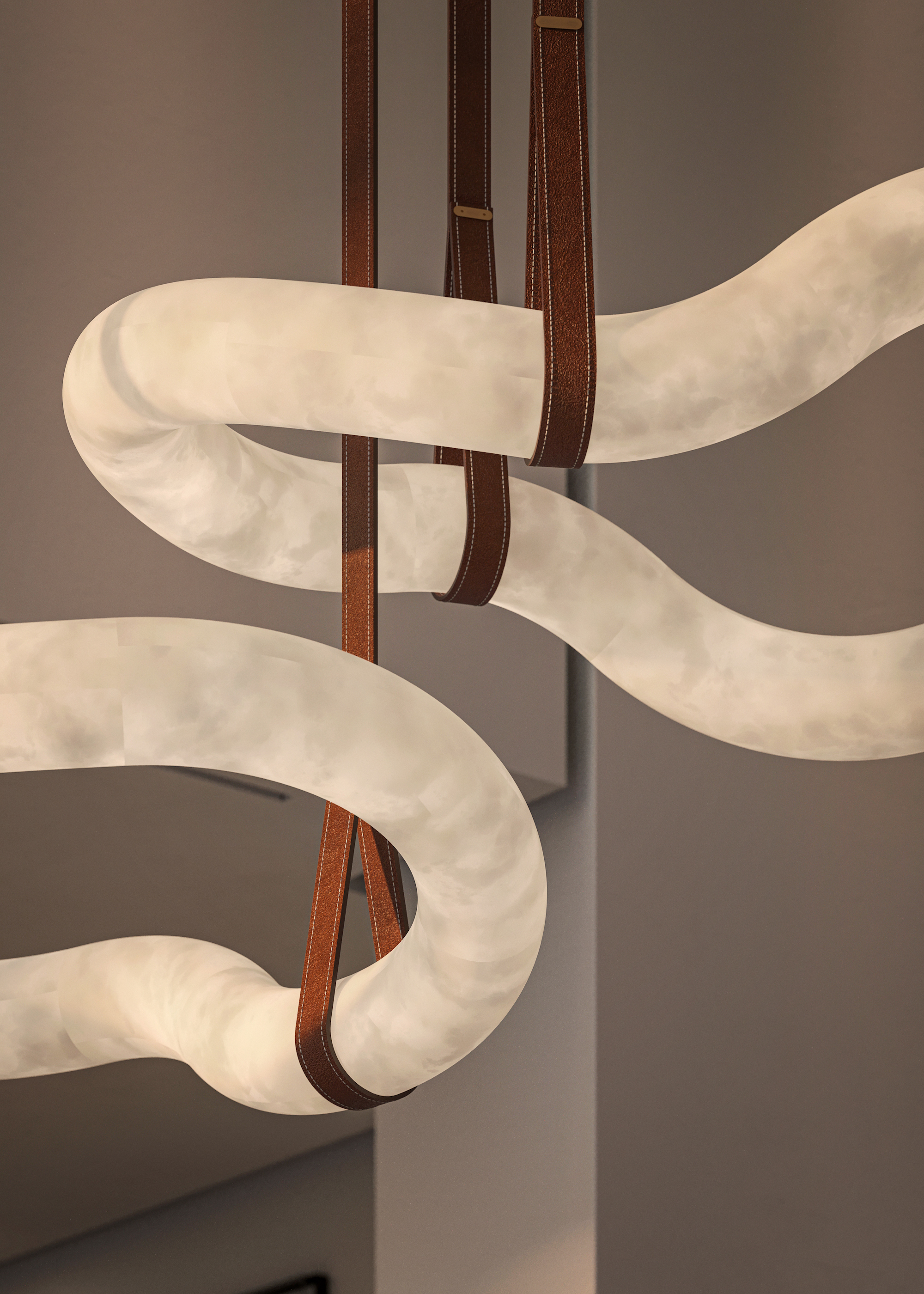
Mid-century modern lighting in 2026 is ditching its hard edges, giving way to curves, waves, and organic silhouettes that are friendly and inviting. It’s a welcome shift from rigid geometry toward something softer and more sensual, and we are all over it. Think shades shaped like petals or shells, scalloped metal, and sweeping arcs that cast soft light with gentle movement.
“We’re seeing a cultural pivot toward warmth, comfort, and emotional resonance in interiors, and lighting is at the heart of that shift,” says Jo Annah Kornak, Creative Lead at Holly Hunt. “After years of minimalism and rigid geometry, there’s a desire for softness, tactility, and humanity in design. Advances in lighting technology have also opened new possibilities, allowing for more sculptural, organic forms that feel less utilitarian and more expressive.”
A perfect expression of this new mood is the Dune Hanging Light, designed by Alain Ellouz for Holly Hunt’s L’Albâtre Collection. “The goal was to capture the emotion of movement in solid form,” says Alain. “Alabaster’s translucency allows the waves to glow as if lit from within, while the leather suspension adds a sense of softness and balance.” Bring on the curves.
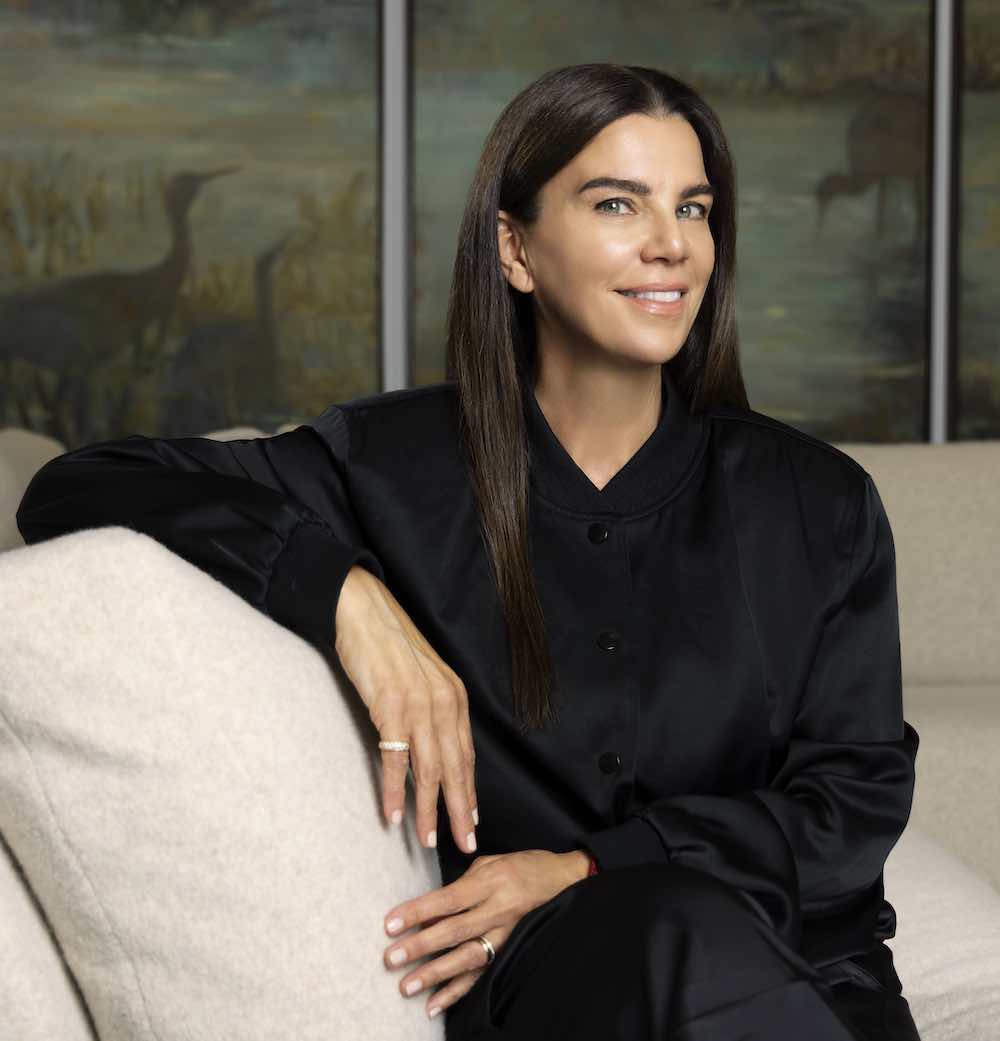
Jo Annah has spent over two decades shaping Holly Hunt’s creative vision, curating furniture, textiles, and art collections that define the brand’s refined aesthetic. With roots in luxury fashion at Gucci, Armani, and Prada, her passion for craftsmanship and detail continues to drive innovative design conversations across Holly Hunt’s global creative landscape.
10. Quiet Lighting
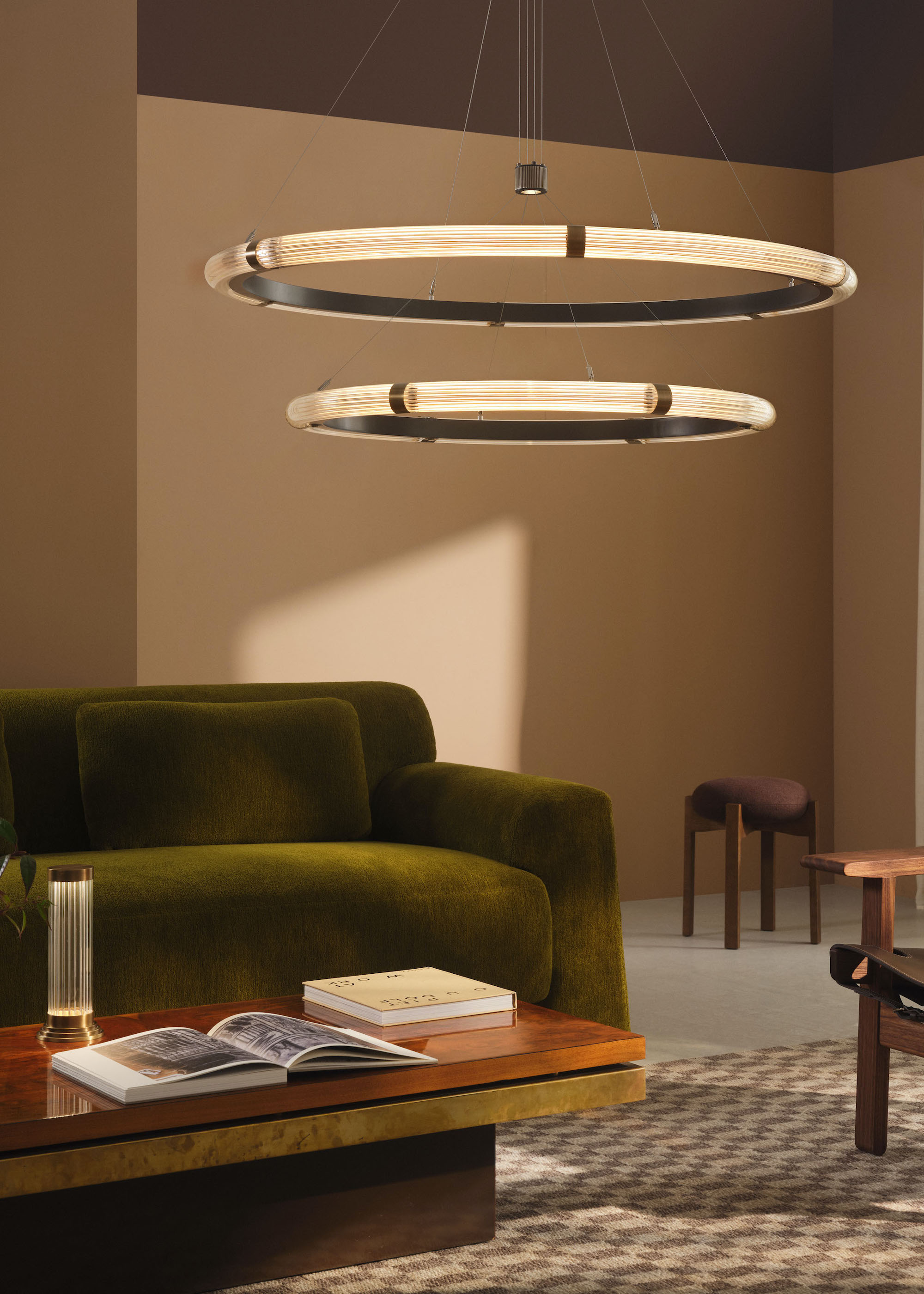
Taking its cue from the hugely popular quiet luxury trend, quiet lighting is all about illuminating with restraint (and without glare). The days of designer exposed bulbs and showy filaments that cost £30 a pop are over; instead, it’s about soft, diffused light that feels cocooning, calm, and extremely discreet. Think frosted glass, alabaster, linen shade, and hidden LEDs that wash walls and surfaces with warmth rather than spotlight them.
“We’ve definitely been designing softer, more atmospheric lighting schemes over the past few years,” says Susie Pfeiffer, founder of Pfeiffer Design. “The focus is now on hidden light sources that enhance the room rather than dominate it, creating layers of warmth and depth without over-saturating a space.”
The Bauer Chandelier by Jason Miller at Roll & Hill achieves this with ombre-style hand-blown glass that fades from dark to light, while Lee Broom’s Altar pendant channels a candlelit radiance through opal glass. Lindsey Adelman’s new Overglow pendants similarly diffuse light through a subdued palette of opaque colored glass that feels jewel-like and atmospheric, creating a glow that feels sensual and intimate.
“Materials like frosted and opaque glass, silk, and linen naturally soften light, while concealed LED lighting lets illumination bounce off surfaces,” adds Susie. “When done well, it brings calm balance — every corner intentional, beautifully lit, and quietly luxurious.”
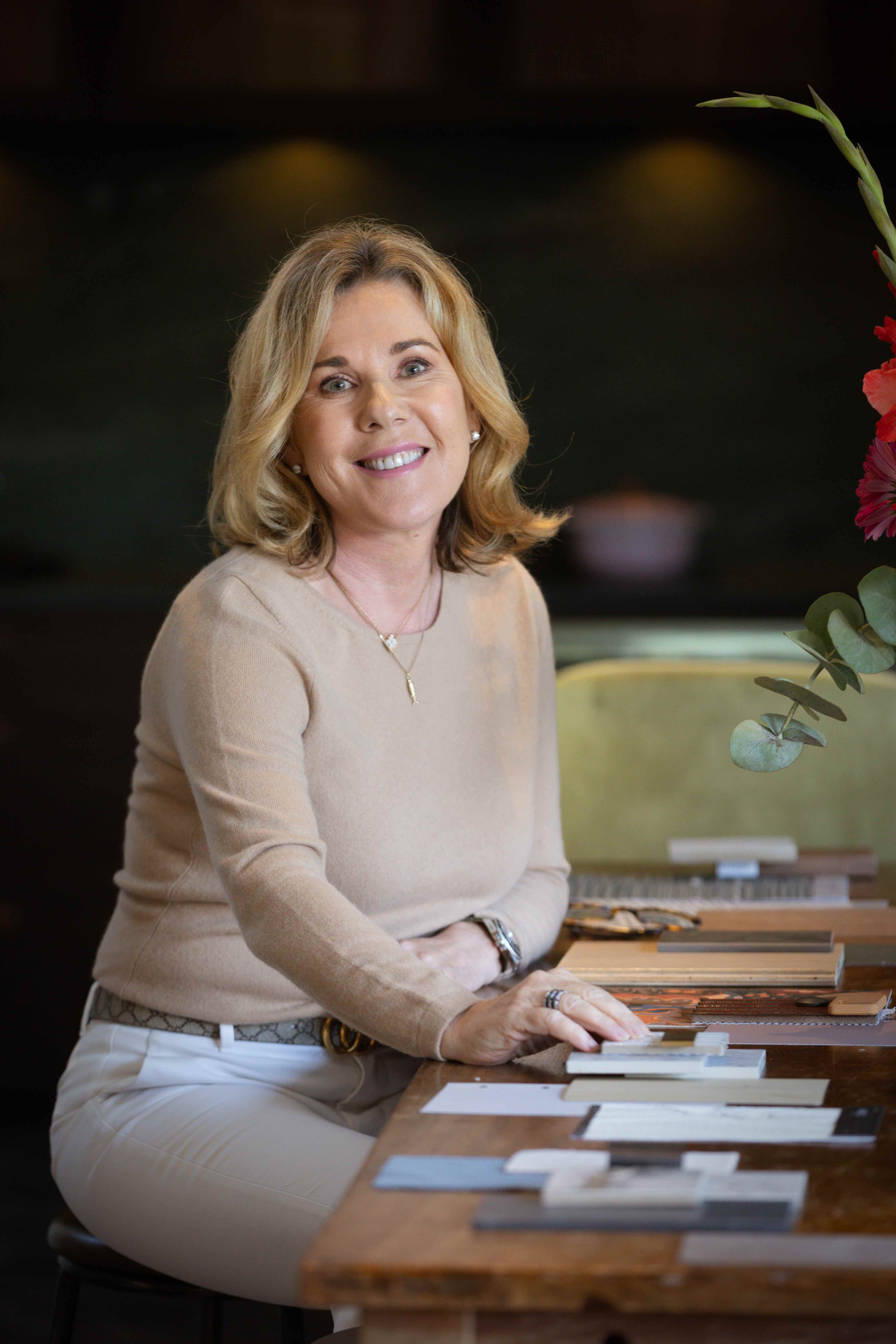
With more than 35 years’ experience, Susie Pfeiffer combines creative vision with practical know-how. After starting her career in London on large-scale hotel projects, she founded Pfeiffer Design in 1996 to create interiors that balance beauty, function and individuality. A BIID and Sussex Heritage Awards judge, she’s passionate about mentoring the next generation of designers.
FAQs
What Is the 5 7 Lighting Rule?
The 5-7 lighting rule is a simple design guideline that helps you layer light beautifully in any room. The idea is to use five to seven different light sources to create depth, mood, and flexibility, rather than relying on a single overhead fixture. The number you plump for will depend on the size and use of the room, with some lighting experts suggesting as many as nine light sources in an open-plan multifunctional room.
These layers should be on separate switch circuits and will typically include ambient lighting (like ceiling pendants or recessed spots), task lighting (for reading, cooking, or working), and accent lighting (such as wall washers or picture lights). The balance of light sources ensures every corner of the space feels inviting, with no harsh shadows, dark corners, or over-lit areas. The 5-7 rule isn’t set in stone; it’s more of a creative formula for achieving a balance of functionality and atmosphere.
In 2026, lighting is poised to be your defining interior accessory. Perhaps more than ever, your most memorable room won’t be the one with the best art or boldest wallpaper trends — it will be the one that’s beautifully lit.

Linda is a freelance journalist who has specialized in homes and interiors for more than two decades, and now writes full-time for titles like Homes & Gardens, Livingetc, Ideal Home, and Homebuilding & Renovating. She lives in Devon with her cabinetmaker husband, two daughters, and far too many pets, and is currently honing her DIY and decorating skills on their fourth (and hopefully final) major home renovation.
